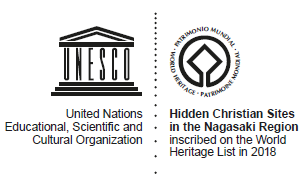Component
 Villages on Kuroshima Island
Villages on Kuroshima Island
(Ⅲ) Hidden Christians’ endeavours to continue and spread their religious faith

 (Ⅰ) Beginning of the absence of missionaries and hiding of Christians
(Ⅱ) Hidden Christians' endeavours to continue their religious faith
(Ⅲ) Hidden Christians' endeavours to maintain their religious communities
(Ⅳ) The transitional phase triggered by contact with missionaries, leading to the end of Hidden Christians' hiding
(Ⅰ) Beginning of the absence of missionaries and hiding of Christians
(Ⅱ) Hidden Christians' endeavours to continue their religious faith
(Ⅲ) Hidden Christians' endeavours to maintain their religious communities
(Ⅳ) The transitional phase triggered by contact with missionaries, leading to the end of Hidden Christians' hiding












 |
Hidden Christians maintained their religious communities after they settled in former clan pasturelands on Kuroshima Island in need of redevelopment. |
-
Animation Video (Villages on Kuroshima Island)
The Villages on Kuroshima Island are one of the four components demonstrating to which locations the Hidden Christians migrated to maintain their religious communities. Some Hidden Christians migrated from different areas of the Nagasaki region to Kuroshima Island in the 19th century, following the policy of the Hirado clan to encourage migration and cultivation of official pastures which had earlier been abandoned by the clan. The Hidden Christian migrants selected the island, dreaming of a place where they could live in harmony with the pre-existing communities there. They maintained their religious communities while they secretly prayed to a statue of Maria Kannon (a Buddhist figure representing the Virgin Mary) which they had secretly placed in the Buddhist temple that they outwardly belonged to. After the lifting of the ban on Christianity, the Hidden Christians rejoined the Catholic Church and built a new church in the central area of the island, representing the end of the their hiding.
Basic information

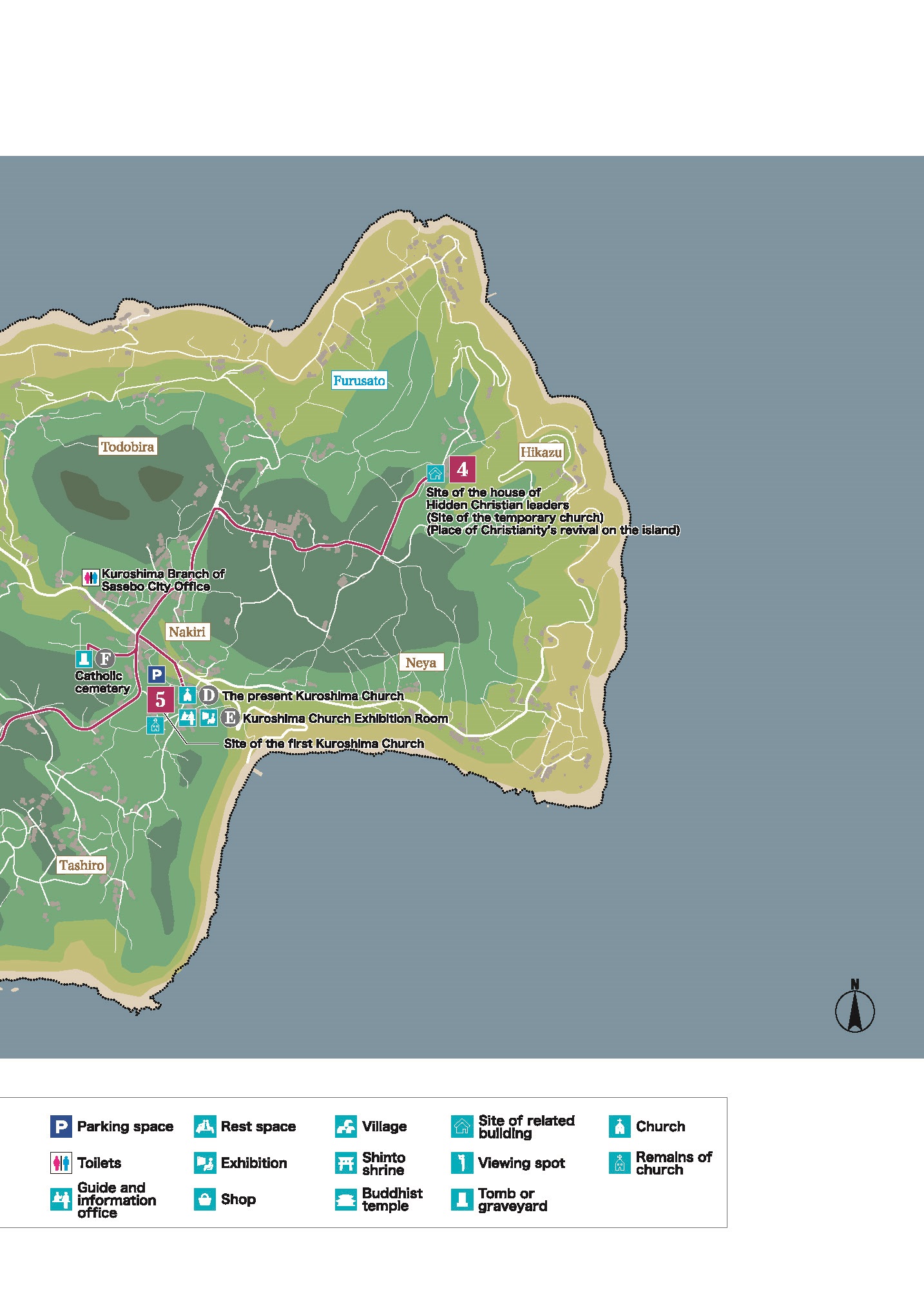

| Designation title as cultural assets | Location | Designation category | Year of designation |
|---|---|---|---|
| Cultural Landscape of Kuroshima Island in Sasebo | Sasebo City, Nagasaki Prefecture | Important Cultural Landscape selected by the national government | 2011 |
Access
>Kuroshima Church(”Hidden Christian Sites in the Nagasaki Region” Information Centre)
※A new window opens.








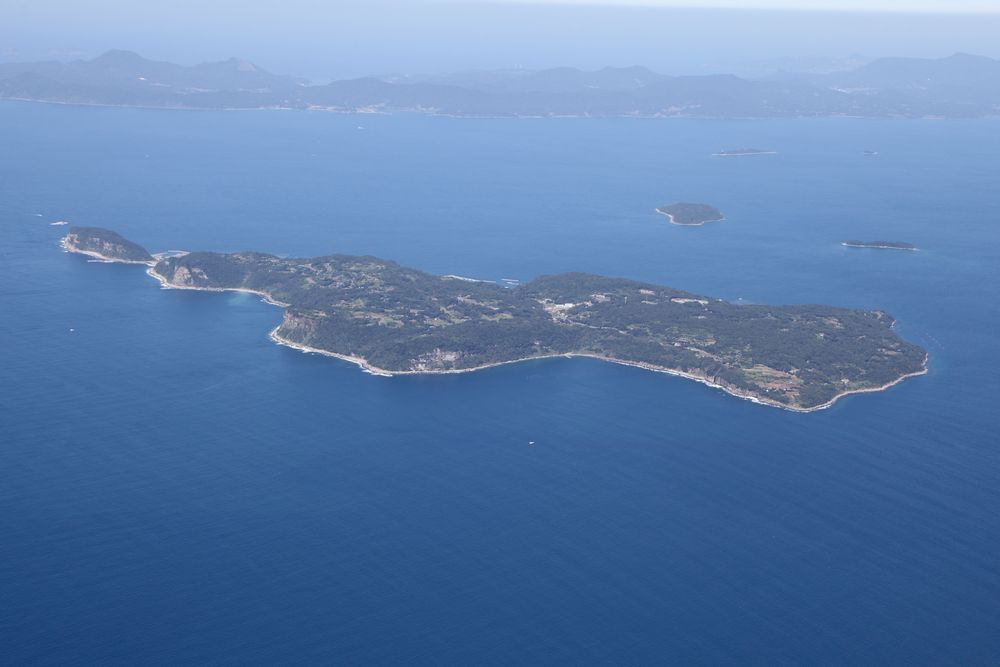

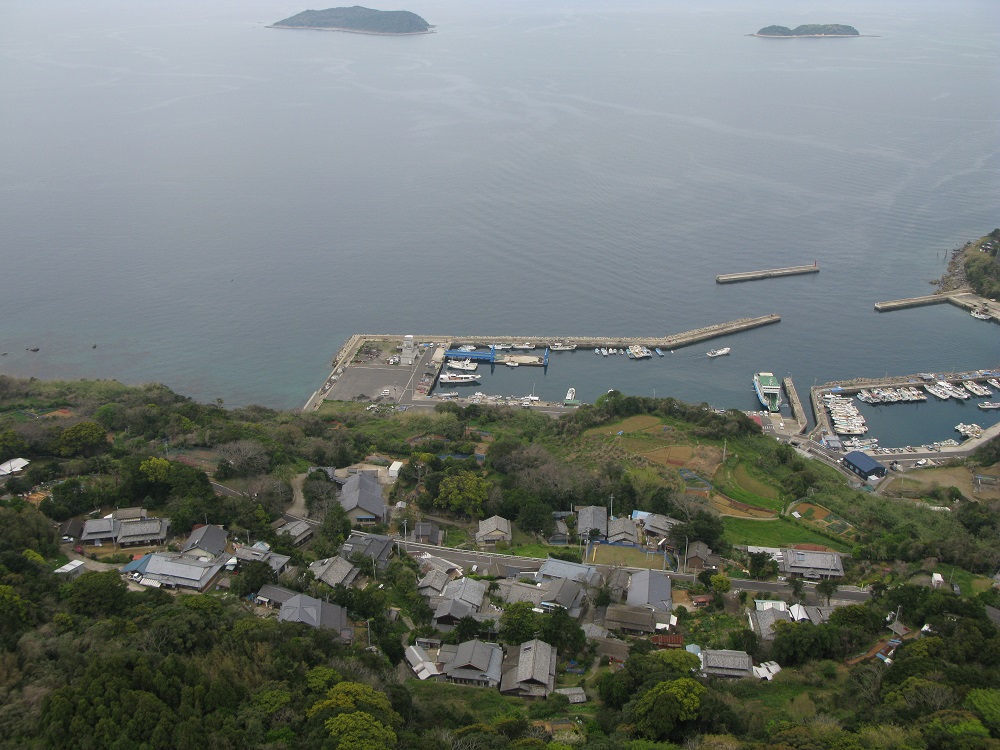

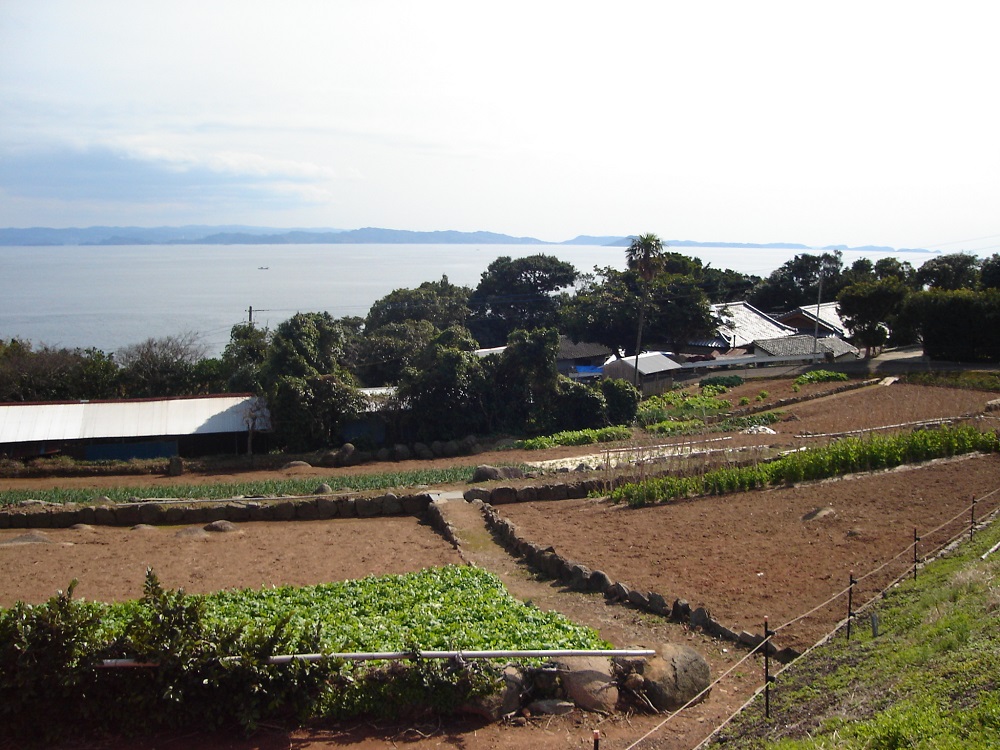

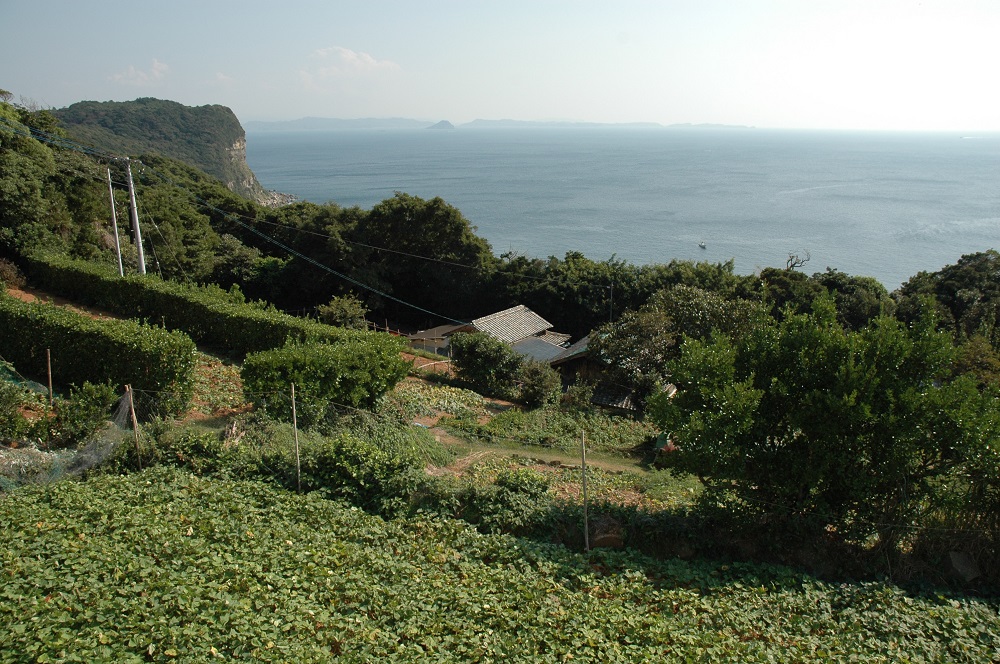





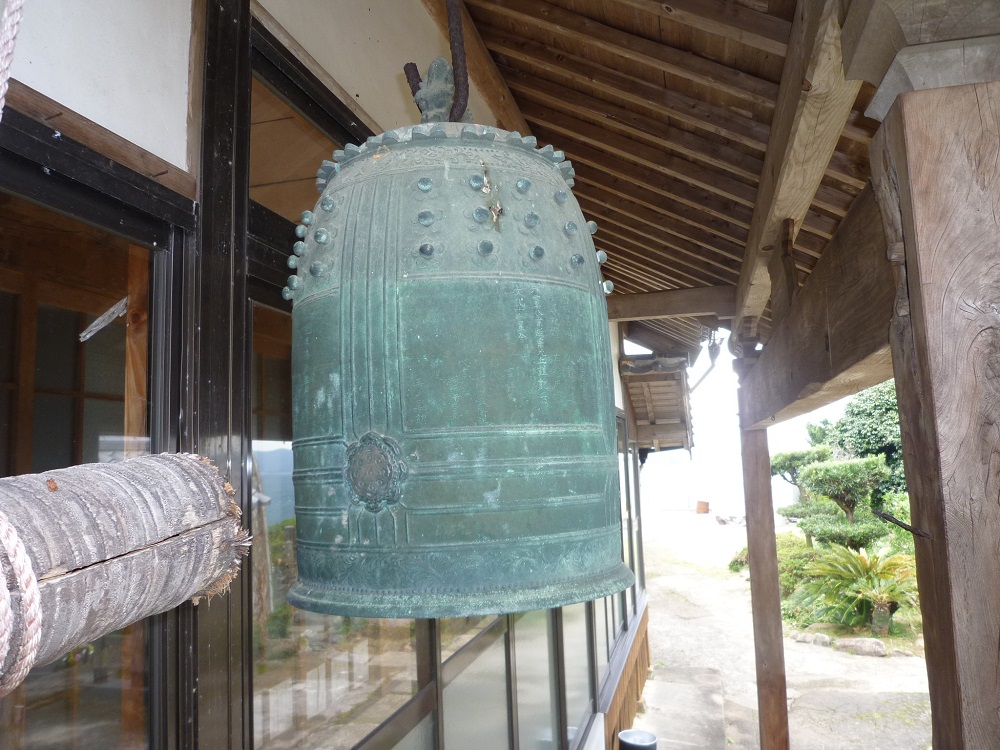

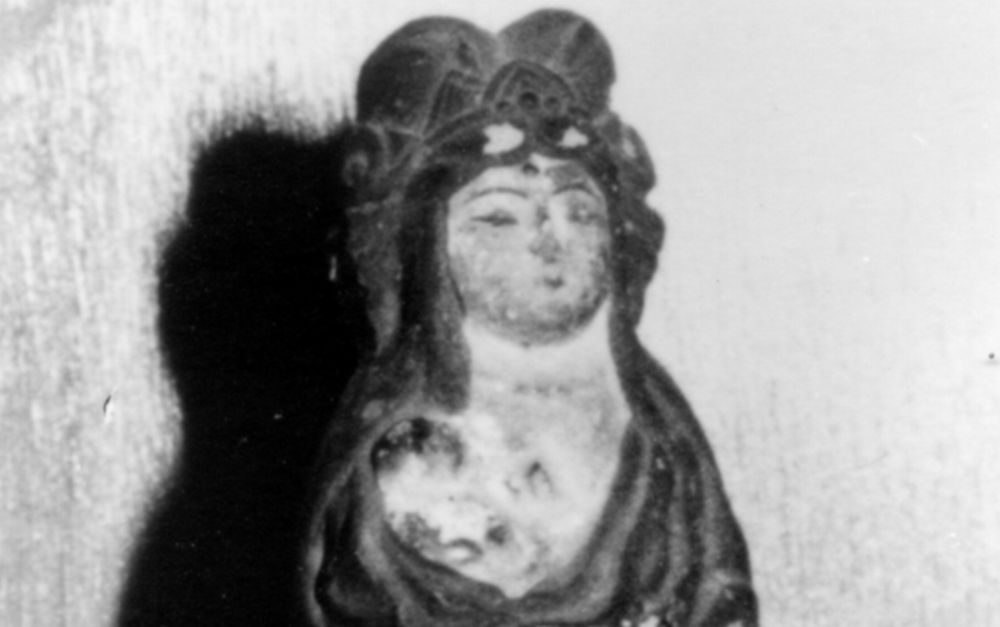





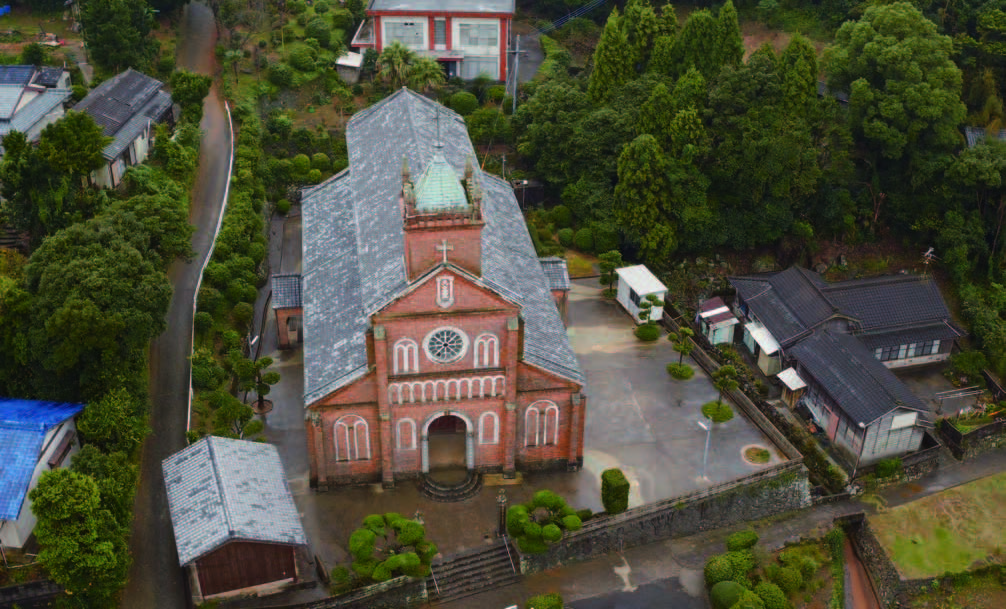






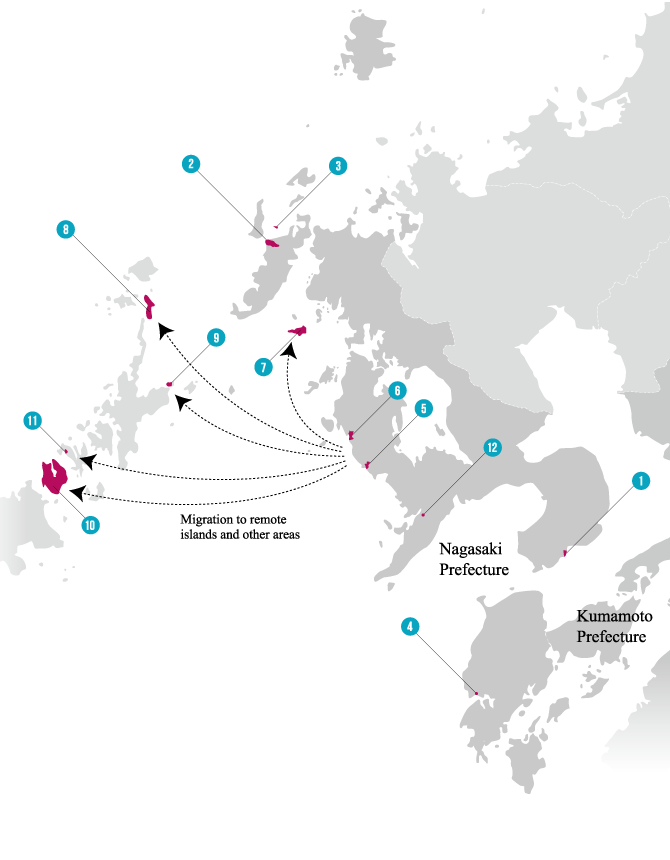
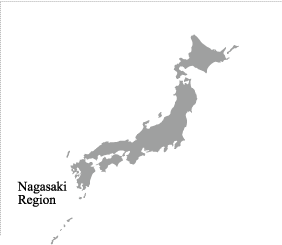

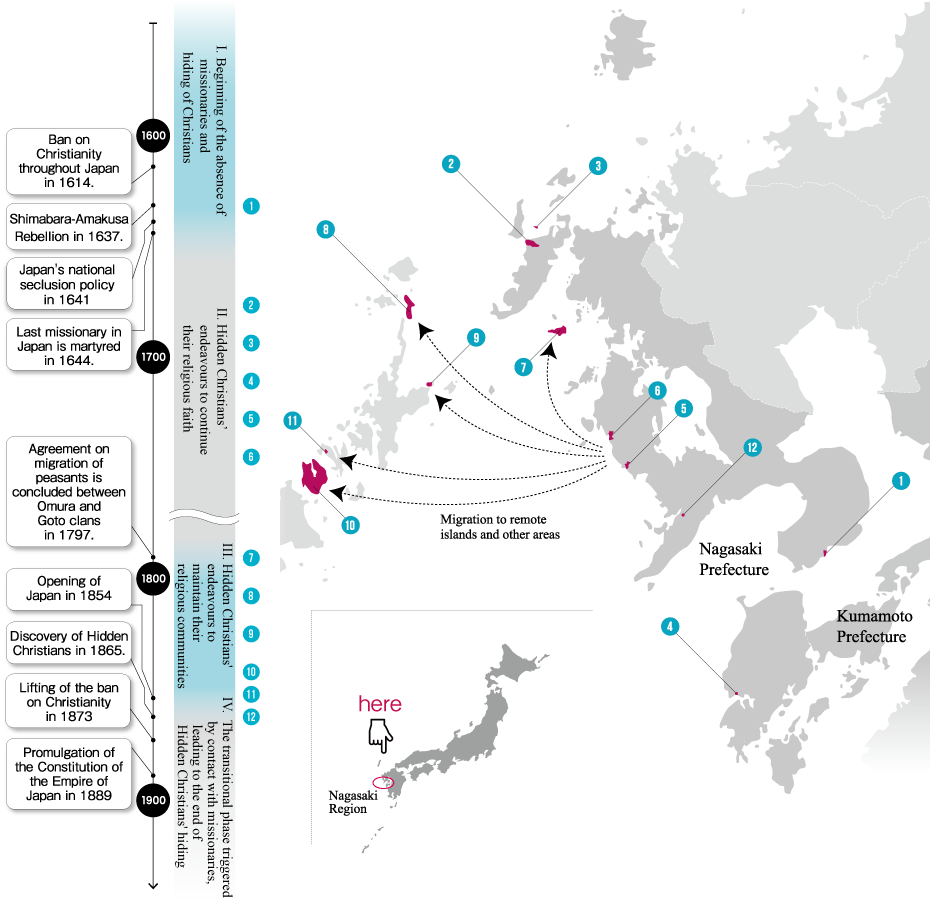
 Remains of Hara Castle
Remains of Hara Castle Kasuga Village and Sacred Places in Hirado
Kasuga Village and Sacred Places in Hirado Kasuga Village and Sacred Places in Hirado
Kasuga Village and Sacred Places in Hirado Sakitsu Village in Amakusa
Sakitsu Village in Amakusa Shitsu Village in Sotome
Shitsu Village in Sotome Ono Village in Sotome
Ono Village in Sotome Villages on Kuroshima Island
Villages on Kuroshima Island Remains of Villages on Nozaki Island
Remains of Villages on Nozaki Island Villages on Kashiragashima Island
Villages on Kashiragashima Island Villages on Hisaka Island
Villages on Hisaka Island Egami Village on Naru Island
Egami Village on Naru Island Oura Cathedral
Oura Cathedral